Affiliate links on Android Authority may earn us a commission. Learn more.
OnePlus in 2019: A force to be reckoned with
Published onJanuary 16, 2019
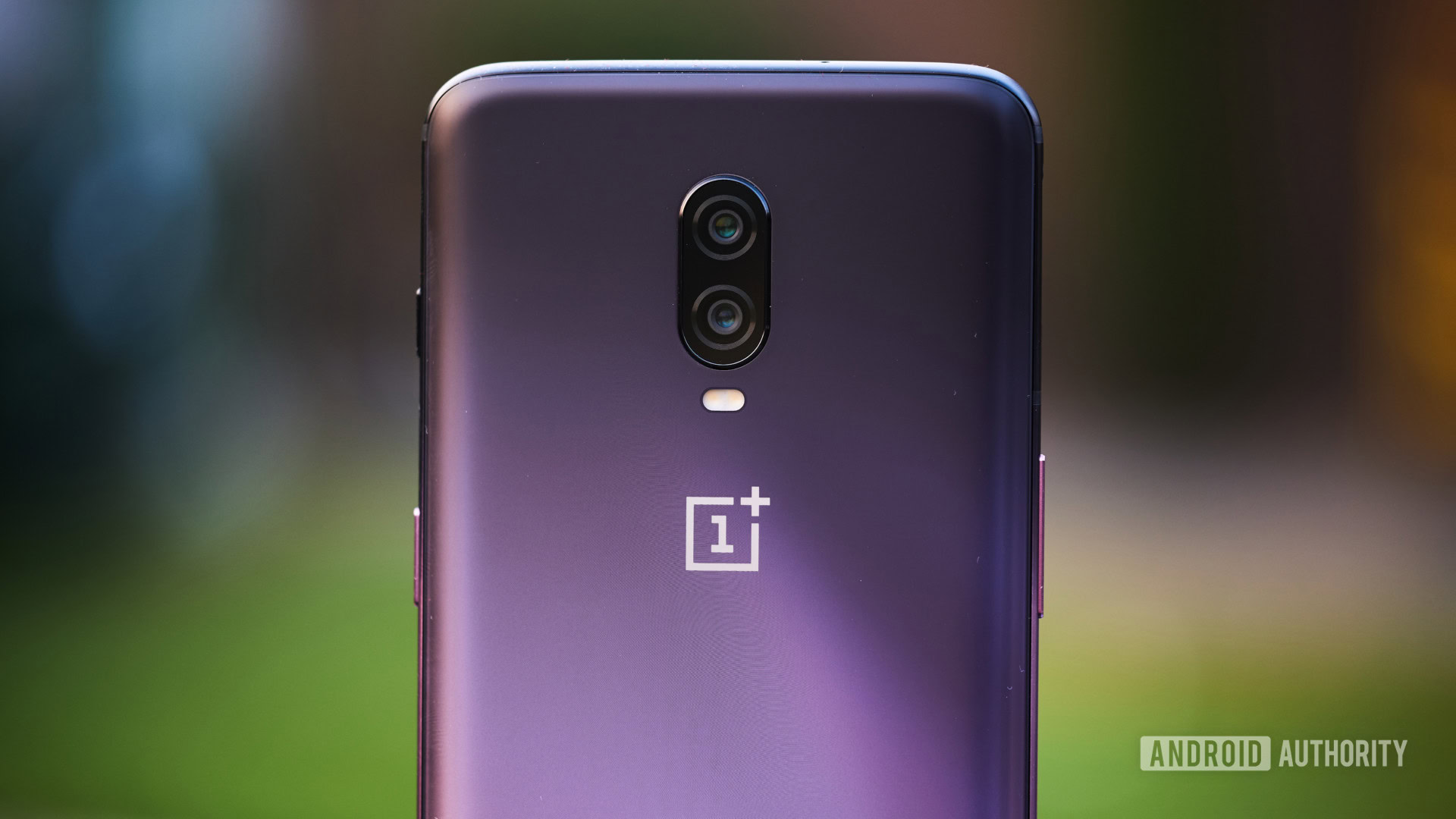
While 2018 was a year of hardships for many smartphone manufacturers, OnePlus was an anomaly. Not only did it have great smartphone sales, but it also achieved more than a few major milestones — all of which represent the company’s continued growth and success.
Even hiccups like a massive breach of credit card security, and user backlash at the lack of a headphone jack in the OnePlus 6T didn’t slow the company down. OnePlus took it all in stride and came out on top.
With 5G service right around the corner and untapped market segments yet to be exploited, OnePlus has plenty of room to continue its winning streak in 2019. Let’s dive into OnePlus in 2018, and then discuss what’s to come in 2019.
OnePlus 6 and OnePlus 6T launch
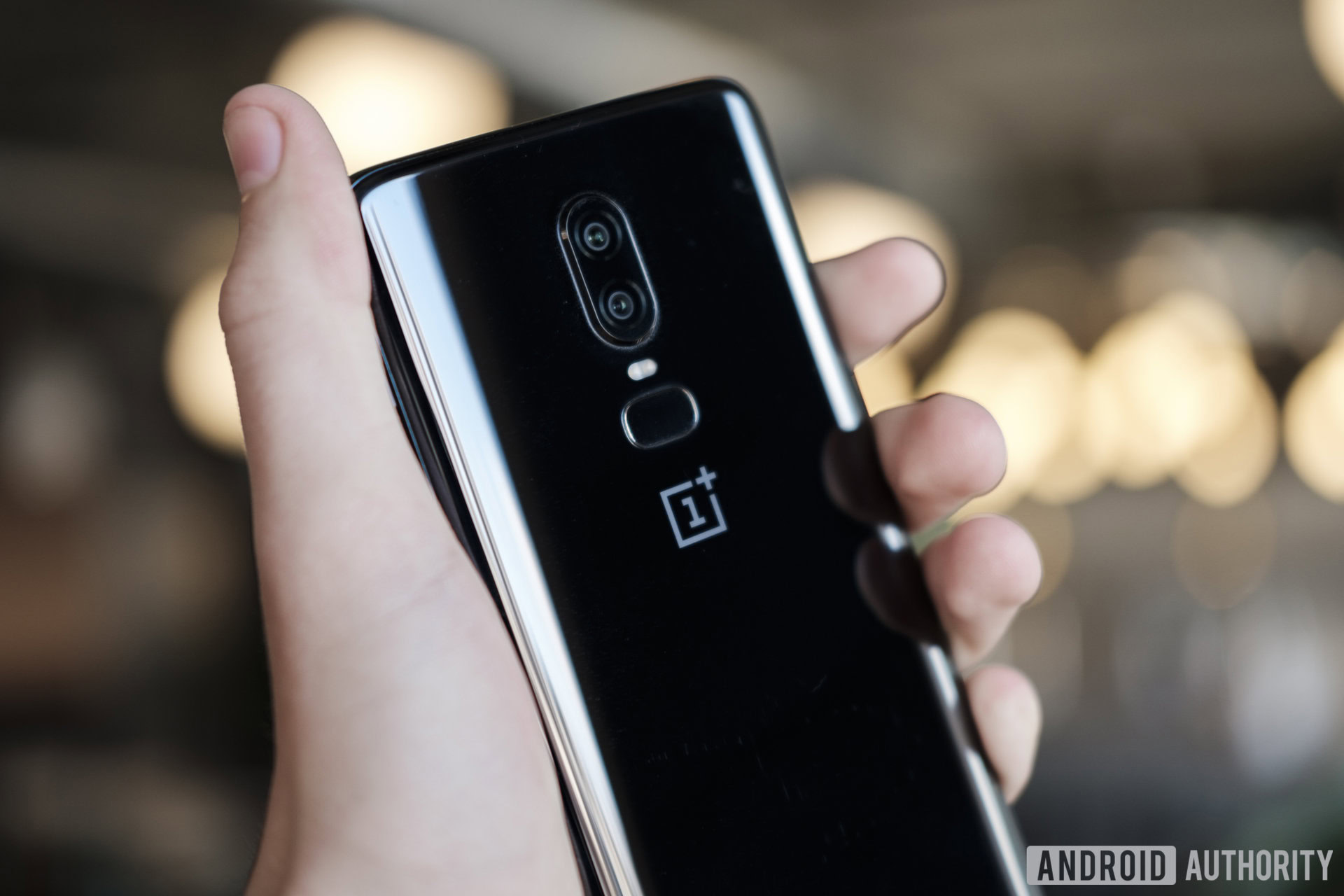
At the end of May, OnePlus launched its first 2018 smartphone: the OnePlus 6. It was one of the best-reviewed devices from OnePlus yet and a sales powerhouse. While OnePlus doesn’t usually publish hard sales data, it announced the company shipped 1 million OnePlus 6 smartphones in 22 days — the fastest selling OnePlus phone yet.
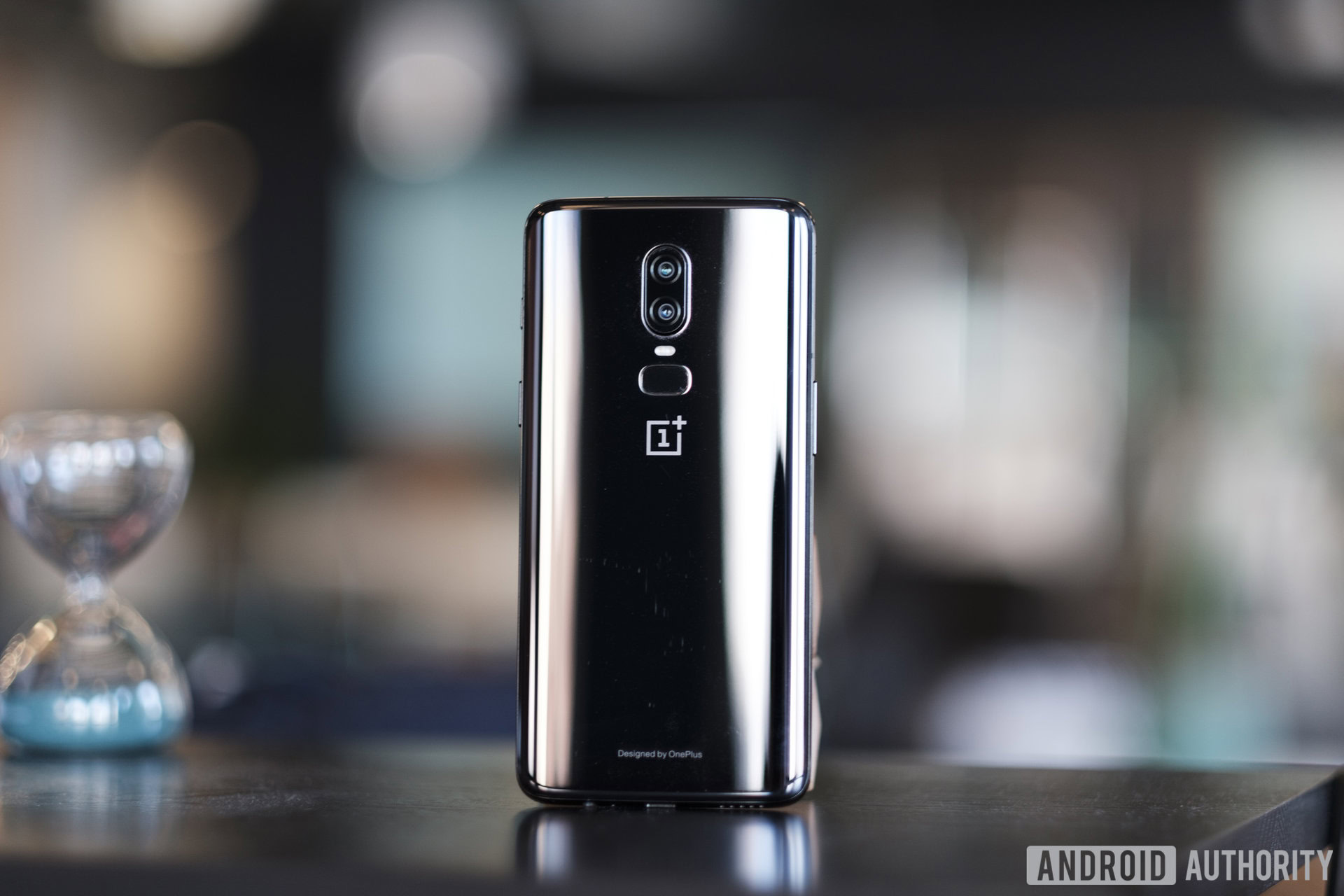
Although the OnePlus 6 launched with Android 8.1 Oreo — then the latest stable version of the OS — you could immediately install the beta version of Android 9 Pie. This was unprecedented for a new non-Pixel smartphone at the time. The stable version of Pie landed on the OnePlus 6 on September 21, 2018 — a mere 45 days after Pixel devices received the upgrade.
The OnePlus 6 earned good reviews and sold over 1 million units in just 22 days.
At the end of July, helped by the success of the OnePlus 6, the company reached one of its biggest milestones: OnePlus pushed out Samsung to lead the premium smartphone market in India. This was a true David-and-Goliath success story, and very few saw it coming.
By the end of the summer, all eyes were looking towards the release of the company’s next device: the OnePlus 6T. The smartphone earned good reviews from critics once again, who mostly focused on the little improvements the device offered, like its smaller waterdrop notch.

Additionally, the OnePlus 6T launched with an in-display fingerprint sensor — a first in the U.S.
To celebrate the launch of the device, OnePlus held pop-up shops all over the world. The pop-up in Times Square (which Android Authority attended) was reportedly larger than the launch of the recent Apple iPhone XS at the same store. That little factoid alone pretty much sums up just how far OnePlus has come.
At the end of 2018, both the OnePlus and the OnePlus 6T ended up on various “Best Of” lists from tech publications around the world. Here at Android Authority, the OnePlus 6T was voted by our readers as the best October 2018 release (beating the Google Pixel 3 and the HUAWEI Mate 20 Pro, among others).
That T-Mobile partnership is a pretty big deal
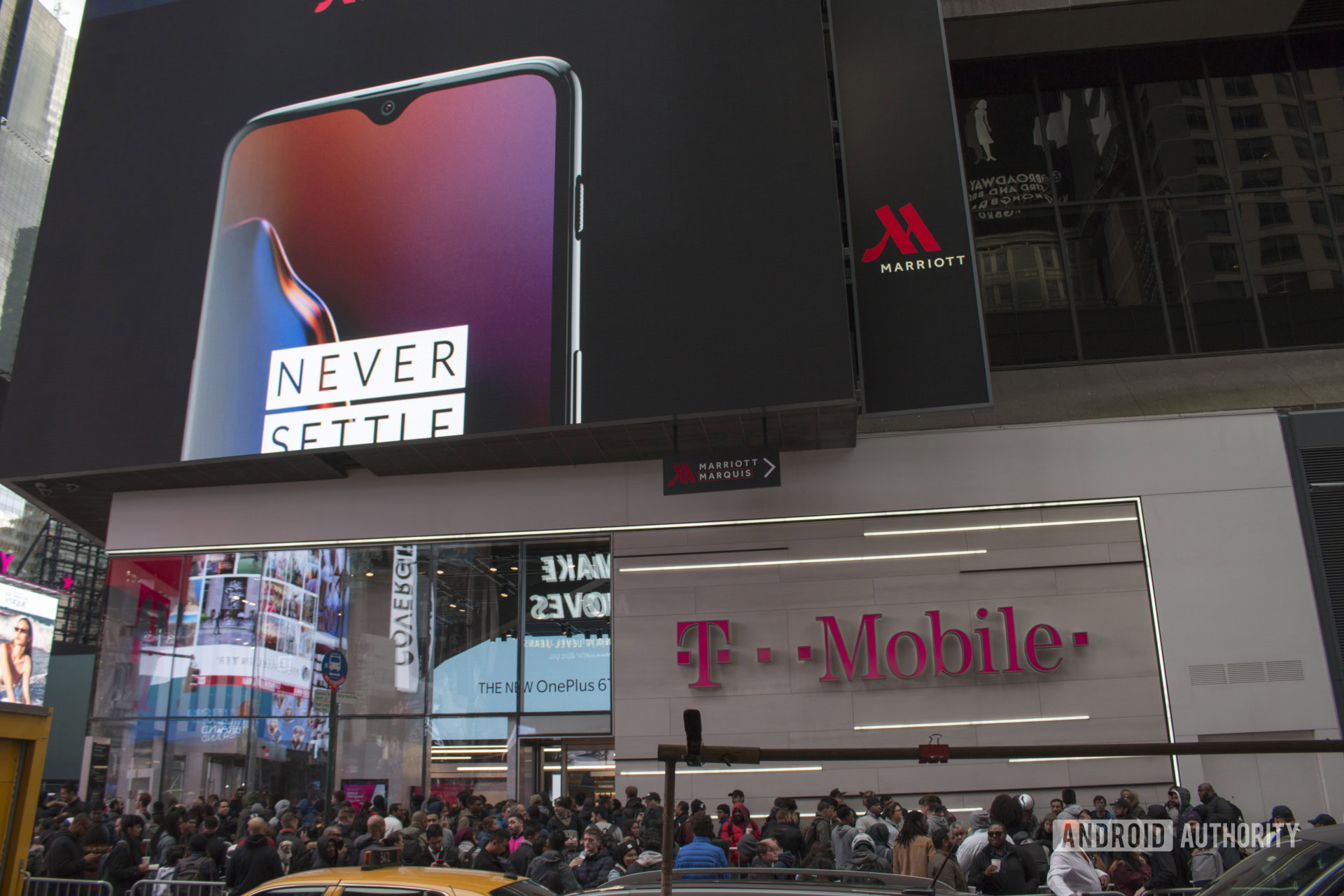
In the middle of August, probably one of the biggest pieces of OnePlus news of the year landed: the OnePlus 6T would launch on T-Mobile, the first time OnePlus partnered with a U.S. carrier.
In the United States, the overwhelming majority of smartphone consumers buy their devices through their respective carriers. OnePlus has carrier partnerships in other countries, but the T-Mobile partnership allowed most American consumers to see a OnePlus phone for the first time ever.
The T-Mobile partnership resulted in the OnePlus 6T blowing the sales records of the OnePlus 6 out of the water: the 6T sold 249 percent more in the U.S. than the OnePlus 6 in their respective first months.

At this point, anyone who thought OnePlus devices were strictly for geeks had to reevaluate their stance. This T-Mobile partnership gave OnePlus the potential to become a major player in the United States, with shelf space right next to Samsung, Apple, and LG phones, to name a few. It also bucked the trend of Chinese companies having trouble breaking into the U.S. market, something with which its much-larger competitor HUAWEI has struggled.
Even HUAWEI subsidiary HONOR — which we’ll talk more about in a minute — has only a small presence in the U.S. Fellow Chinese company Xiaomi is absent from the market. vivo and OPPO — which are somehow related to OnePlus — also have no presence here.
At a time when Chinese companies are getting kicked out of the U.S., OnePlus somehow got in, which is incredible.
Now that OnePlus has its T-Mobile partnership, the sky’s the limit. OnePlus phones work on Verizon, so it’s certainly feasible a partnership could develop there, too. OnePlus devices have always worked on AT&T, so that’s a possibility as well.
For now, we expect OnePlus to stick with T-Mobile, as there’s likely a contract involved which prevents OnePlus from partnering with anyone else. However, the company has its foot in America’s door, which is huge.
It wasn’t all smooth-sailing…
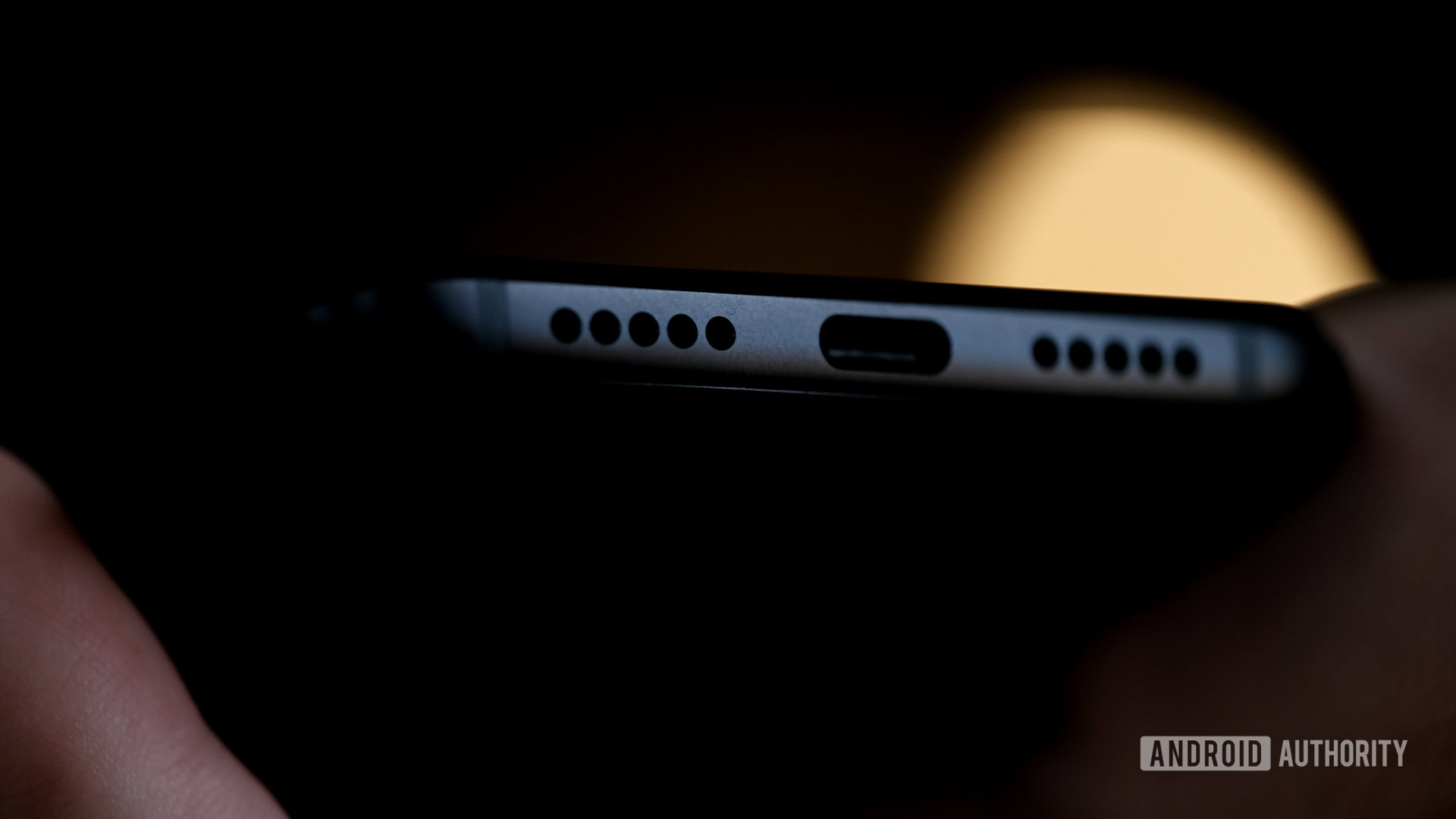
Although 2018 has been filled with success for OnePlus, it hasn’t all been sunshine and roses.
Early in the year, a massive credit card breach at OnePlus’ official website resulted in some customers having to deal with identity theft. OnePlus had to temporarily disable all credit card transactions on its site, and issue an apology.
Eventually, the company disclosed that up to 40,000 customers were affected by the breach. OnePlus fixed the issue a few days later and started selling phones again via its official site. There were no more reported breaches for the rest of the year.
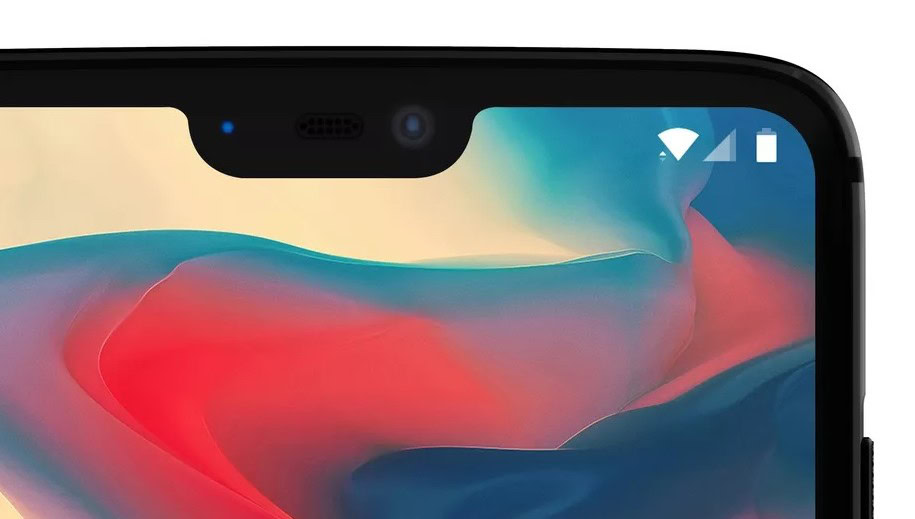
Then, in March, OnePlus co-founder Carl Pei received a ton of flak from the Android community when he made some snide comments about the notch on the OnePlus 6, which at that point had yet to be fully revealed. Pei’s call out to OnePlus fans to “learn to love the notch” was met with a chorus of boos from the hardcore fans who helped make OnePlus the success it is today. In the end, OnePlus CEO Pete Lau had to step in and issue a statement of his own about the notch and OnePlus’ commitment to its user base.
OnePlus dealt with a variety of PR snafus this year, but came out of them all relatively unscathed.
After the negative backlash OnePlus received for Carl Pei’s notch comments, OnePlus pre-emptively revealed the OnePlus 6T would not have a headphone jack — another sore spot for Android fans. The removal of the jack, while not entirely unexpected, seemed to go against the very core of OnePlus’ “Never Settle” motto. To make matters worse, OnePlus’ feeble attempts to explain why the company removed the jack were met mostly with eyerolls.
Still, the OnePlus 6 and OnePlus 6T both sold better than previous models, and OnePlus is officially operating at a profit, with over $1 billion in revenue, after five years in business.
2018 was all about moving away from Android fanboys
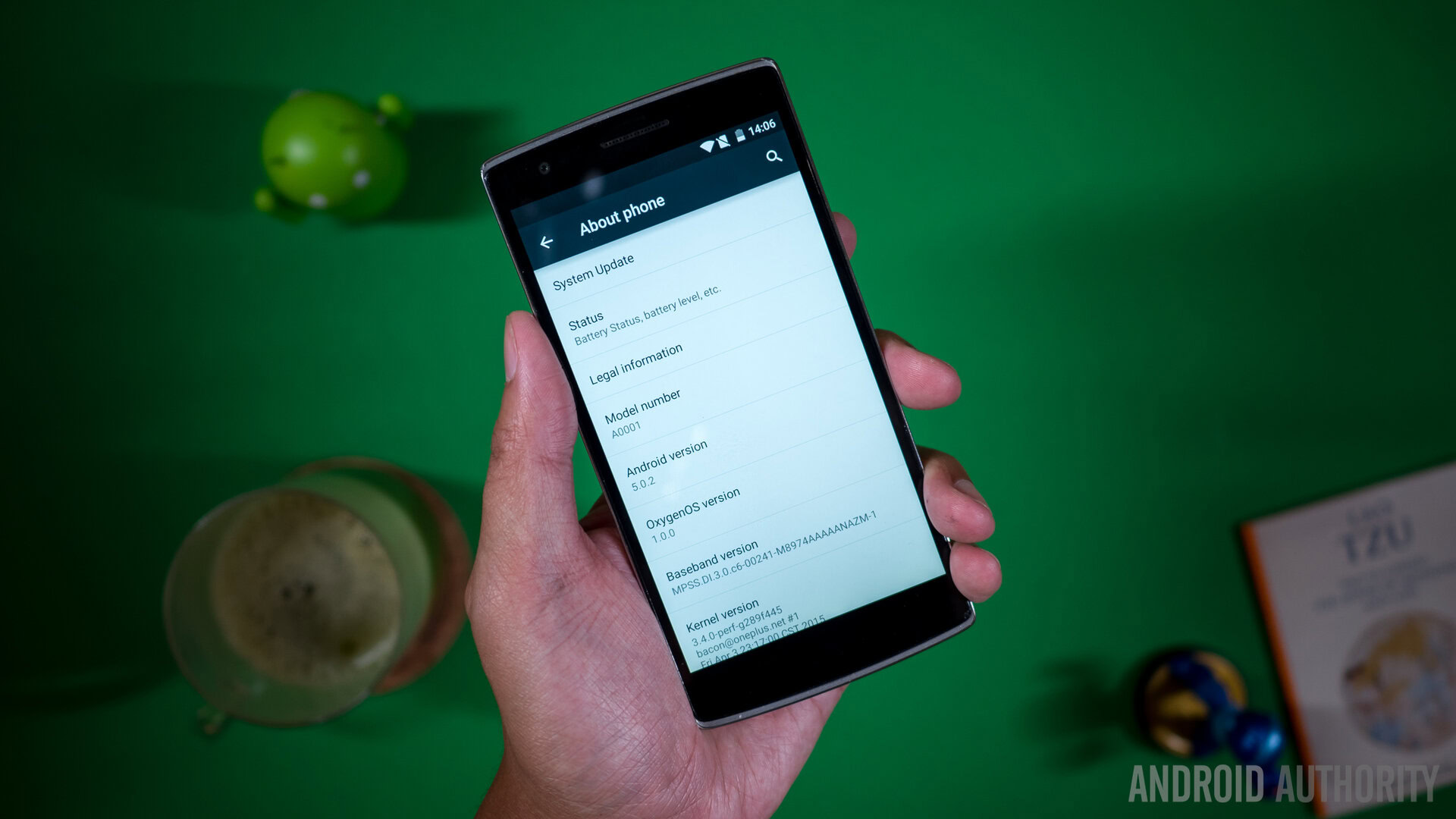
When OnePlus first started, its strategy relied on giving Android fanboys what they wanted: a high-powered smartphone at a very low price, with close-to-stock software and a healthy development community.
This strategy helped the OnePlus One become one of the most-talked-about smartphones of 2014. The same strategy kept OnePlus in the headlines through the OnePlus 2 and OnePlus X.
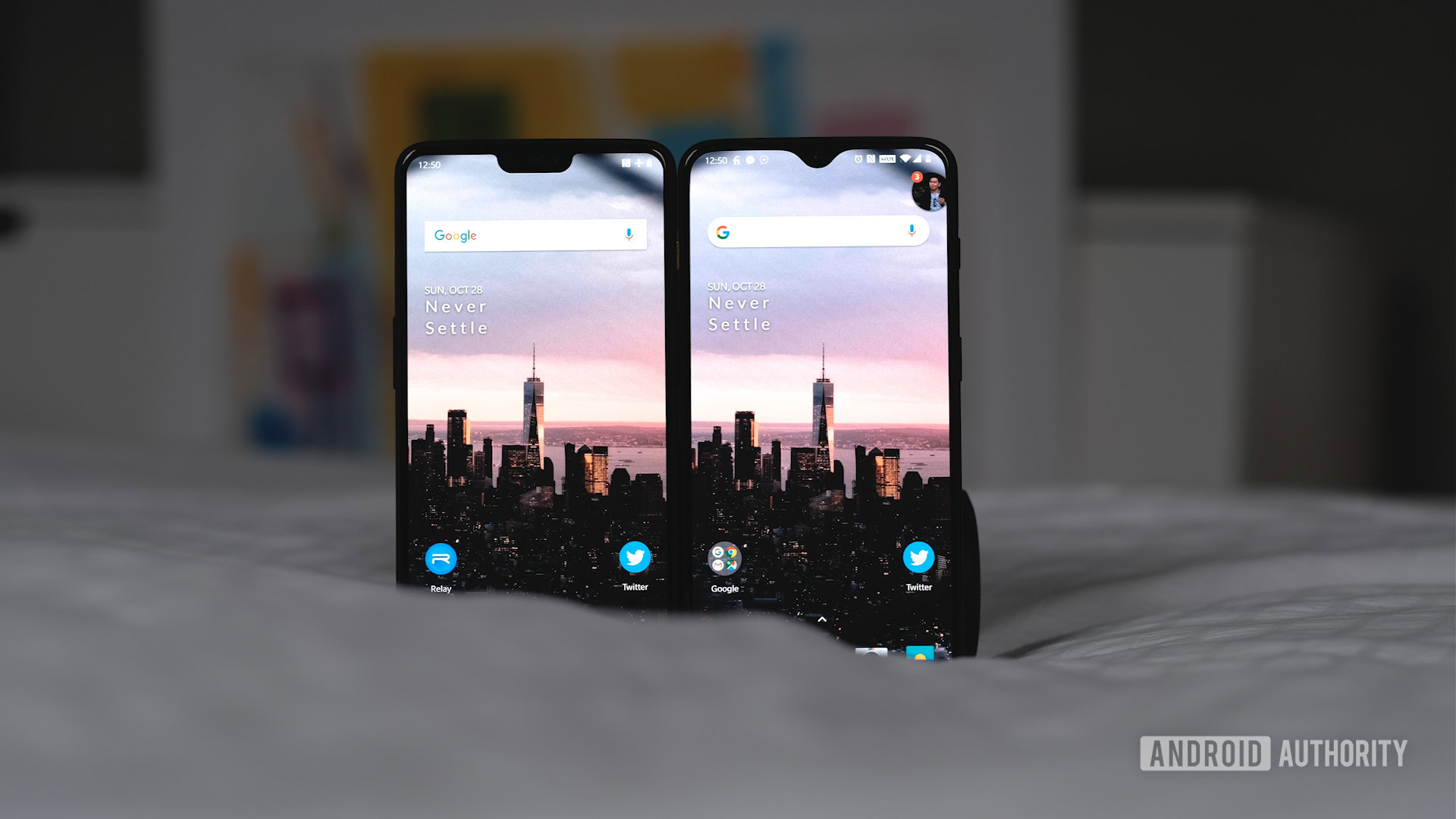
Eventually, OnePlus needed to expand. With the OnePlus 3, the company abandoned the invite purchasing system, making the phones available to all. With each iteration thereafter, OnePlus made its smartphones appeal more to casual smartphone purchasers than the hardcore Android fans it originally went after.
Along with that expansion, the company also made the devices more expensive.
OnePlus is no longer making smartphones for Android fans -- it's making smartphones for everyone.
Granted, the OnePlus 6T is still much cheaper than something like the Samsung Galaxy Note 9 or the Google Pixel 3 XL. However, the days of buying a OnePlus smartphone for under $300 are over, as the entry-level OnePlus 6T costs a cool $549.
The company has also largely abandoned its involvement in the Android development community, recently shuttering its development seeding program.
Ultimately, this change in strategy makes perfect sense. There are only so many hardcore Android fans, and they all already know about OnePlus. If OnePlus hopes to grow, it needs to cater to a larger audience. Unfortunately, that means certain things Android fans loved about OnePlus phones (price, features, development support) are going to change.
New competitors are coming
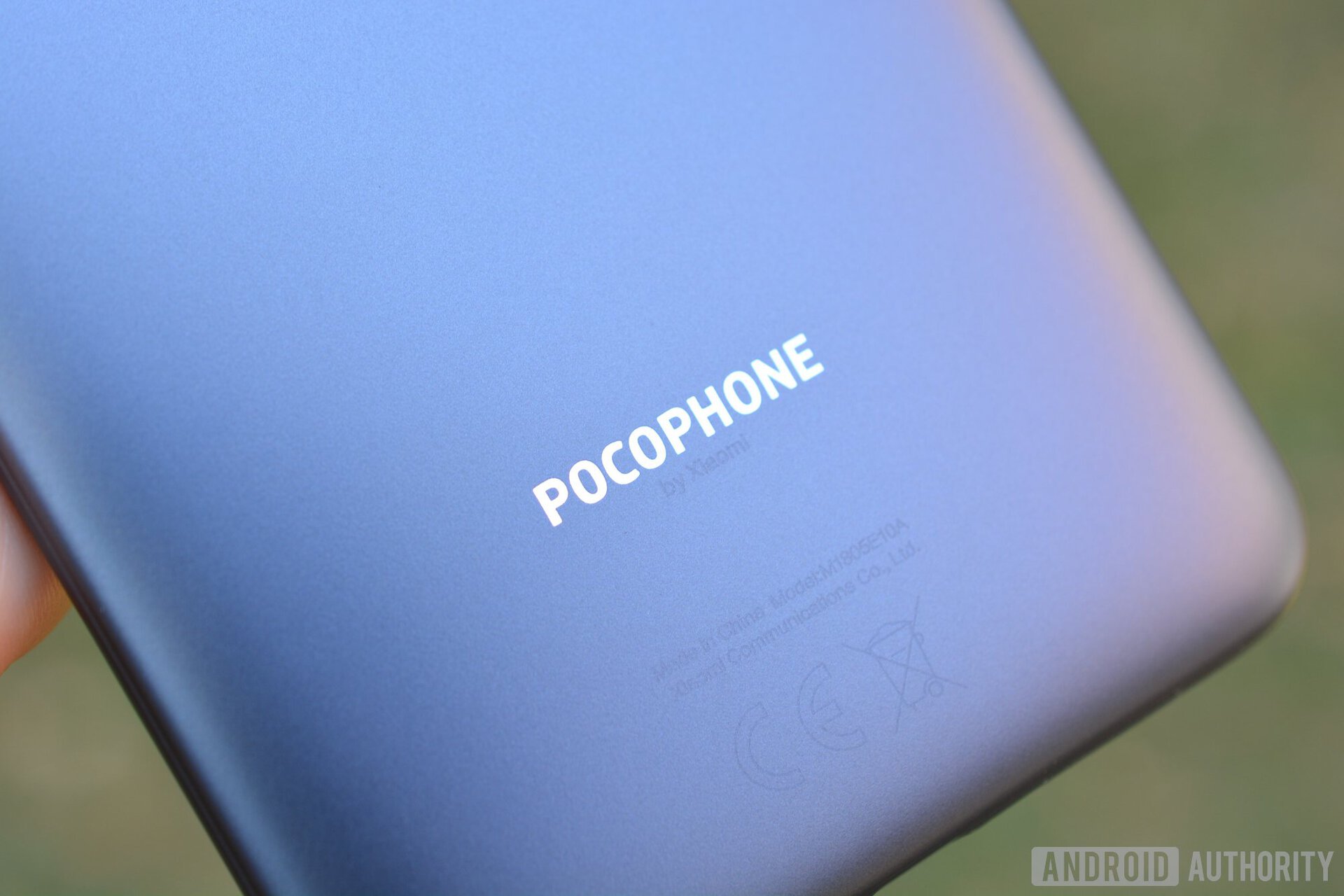
With OnePlus moving away from the ultra-cheap, “Never Settle” flagship killer strategy, other companies will inevitably step in and attempt the same formula.
Enter the Pocophone F1 — Xiaomi’s attempt at creating a OnePlus competitor. It’s got the latest-and-greatest chipset, close-to-stock software, inexpensive build materials, and a huge battery, all at a great price: starting around $300. The only drawback is the device has no official release in the United States.
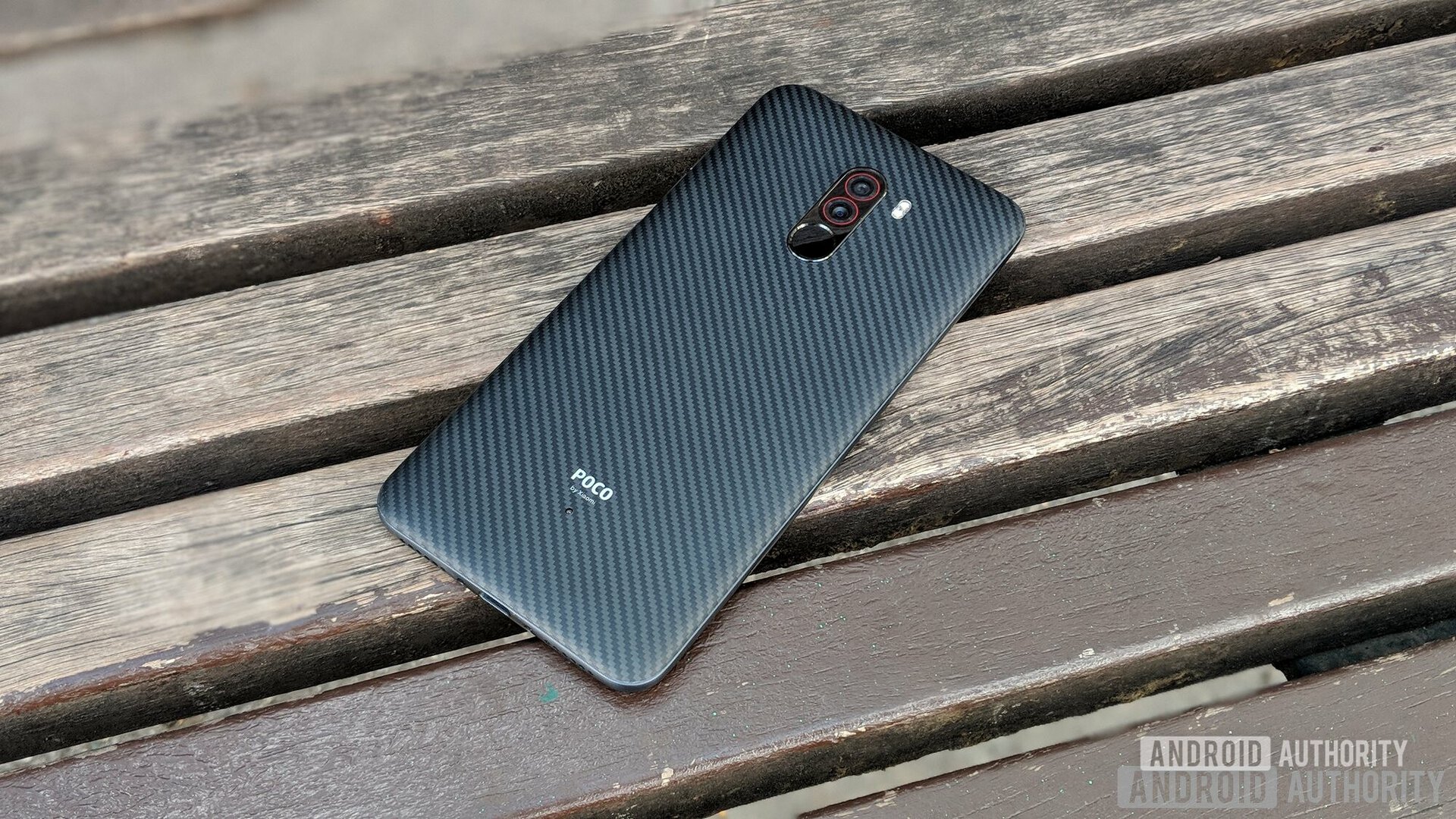
Huawei’s sub-brand HONOR is also playing the OnePlus strategy by releasing various smartphones with killer specs at rock-bottom prices. The HONOR View 10, for example, has similar specs as the OnePlus 5T (and even the OnePlus 6), albeit with the Kirin 970 processor instead of a Snapdragon chipset. That phone sells in the United States for around $450.
Devices from Xiaomi, HONOR, and even OPPO and vivo could give OnePlus a run for its money, not to mention the competition OnePlus will face from bonafide flagships like the Samsung Galaxy S10 and HUAWEI P30.
OnePlus in 2019: Expanding the portfolio
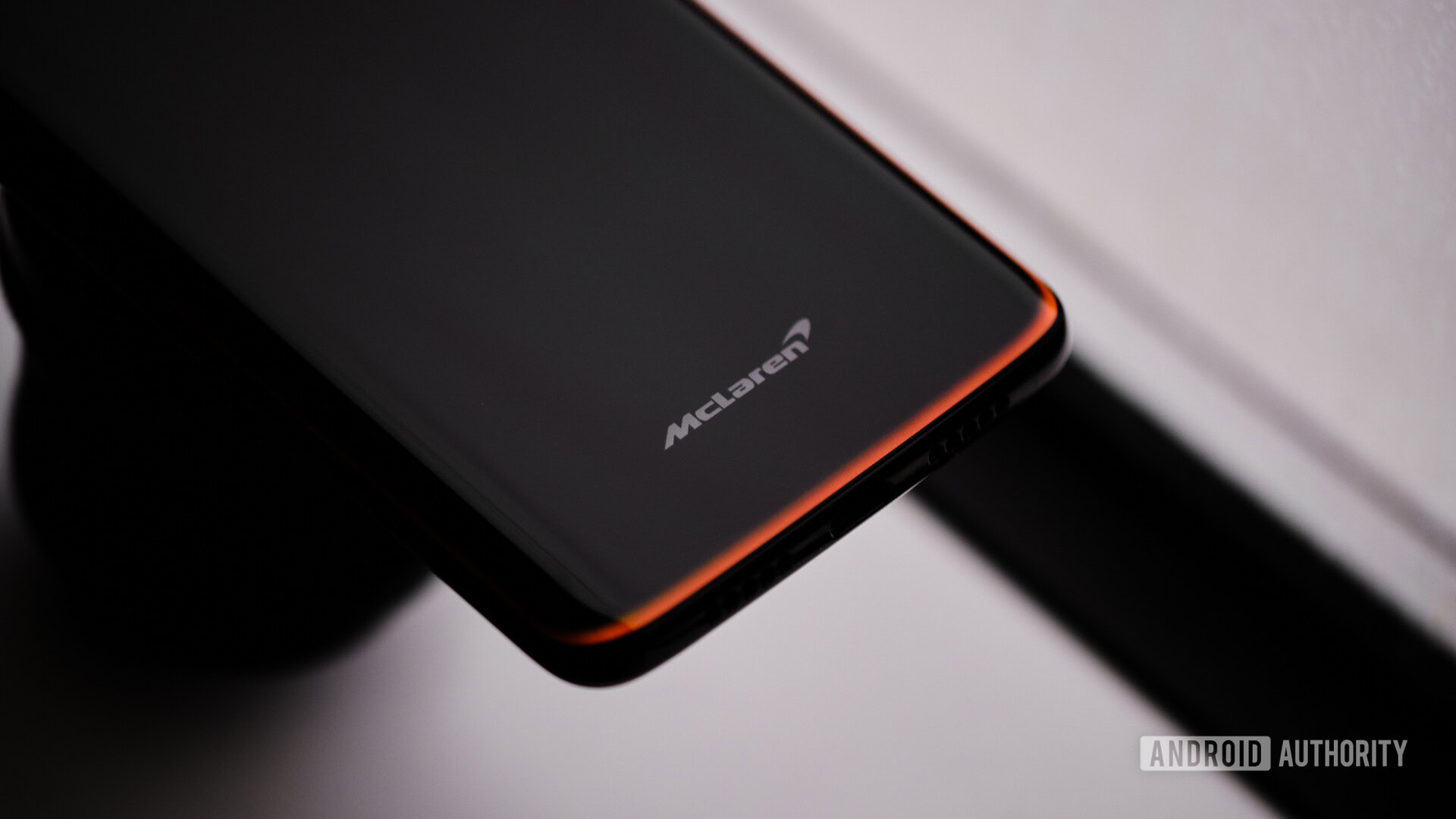
Although 2018 was clearly a banner year for OnePlus, at its core it was business as usual. The company released two smartphones, just like the prior year, and both were flagships. OnePlus did not release any budget devices, nor did it release anything in the ultra-premium segment to directly compete with devices like the Samsung Galaxy Note 9.
However, in 2019, things are going to be much different.
OnePlus 5G phone
We know for certain OnePlus will release a 5G phone in 2019. However, this device will not be the anticipated OnePlus 7. Instead, the OnePlus 5G phone will be a new, premium entry into its lineup, with an anticipated starting price of over $750 — far and away the company’s most expensive product yet.
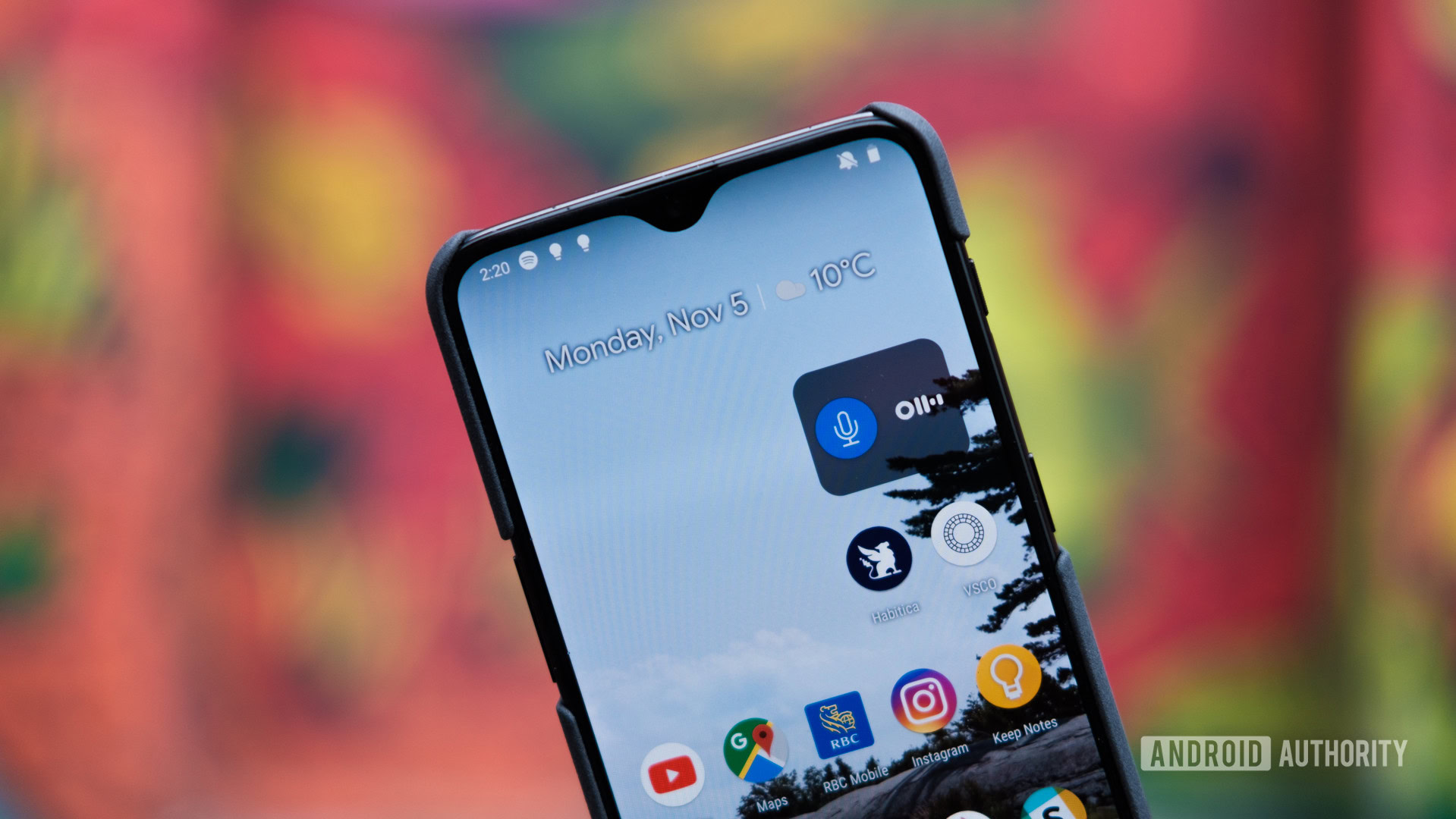
However, we don’t expect this 5G phone to usurp the expected OnePlus 7. Instead, OnePlus will likely run two lines of smartphones simultaneously, with the 5G phone in an ultra-premium tier and the OnePlus 7 acting as the direct follow-up to the OnePlus 6T, and priced similarly.
OnePlus television
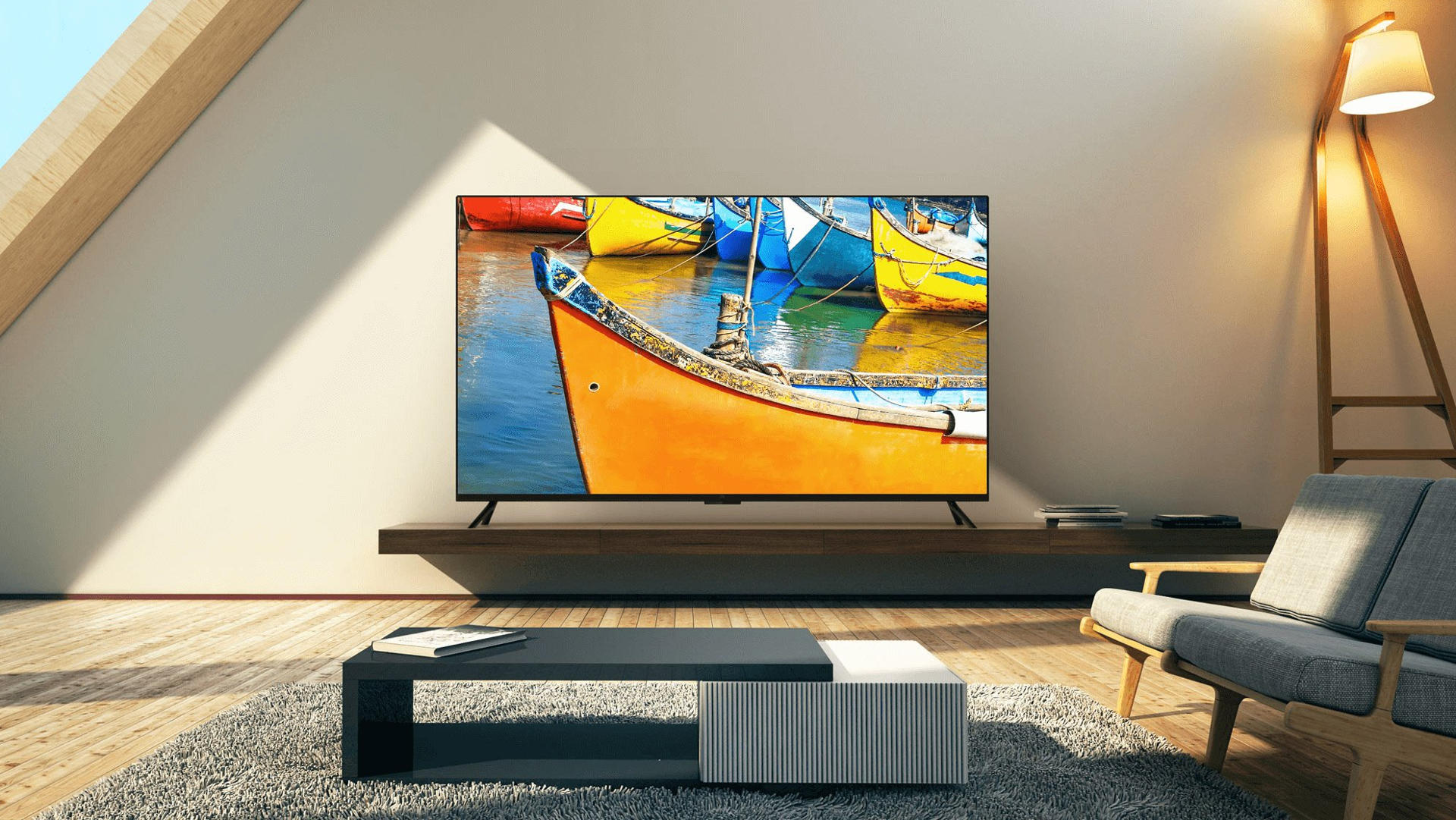
After the consumer backlash surrounding the removal of the headphone jack from the OnePlus 6T, the company quickly announced a OnePlus-branded television at some point in 2019. Whether this announcement was planned ahead of time or quickly thrown together to divert attention from the headphone jack backlash is anyone’s guess.
Regardless, a OnePlus television would be an interesting addition to its current lineup, which at this point only includes smartphones, smartphone accessories, travel accessories, and headphones.
The OnePlus TV could be like a giant smart display you hang on your wall.
We don’t know much about the OnePlus TV, but we know it will have a 4K resolution and integrate well with smart homes. It’s assumed the smart TV will be less focused on entertainment and channel-surfing and more as acting like a smart display hub for your home — kind of like a Google Home Hub, but the size of a television.
Ultimately, the release of a television is a smart move for OnePlus as it will eliminate its reliance on smartphone sales. If for whatever reason the OnePlus 7 bombs, then what?
A company relying entirely on one product is in a dangerous spot, which is why introducing a new product like a television is smart business — even if the television doesn’t fare well with audiences immediately.
We just hope there won’t be any invite code nonsense.
OnePlus Bullets Wireless

OnePlus’ entry into the world of wireless earbuds began with the OnePlus Bullets Wireless, which the company launched alongside the OnePlus 6. The headphones have some great reviews, with Android Authority’s own Lily Katz calling them “cheaper BeatsX for Android.”

The OnePlus Bullets Wireless were the company’s only non-phone electronic product this year. However, not many people own the Bullets Wireless because the supply was so low. OnePlus.com was frequently sold out of the item.
In 2019, we should expect the second iteration of Bullets Wireless, likely to be True Wireless earbuds, akin to Apple AirPods. If OnePlus does go this route, hopefully the company can keep up with demand. If OnePlus wants to be seen as a major electronics brand — not just a smartphone manufacturer — it needs to properly launch its products so everyone can easily get them.
Bottom line: OnePlus is a force to be reckoned with
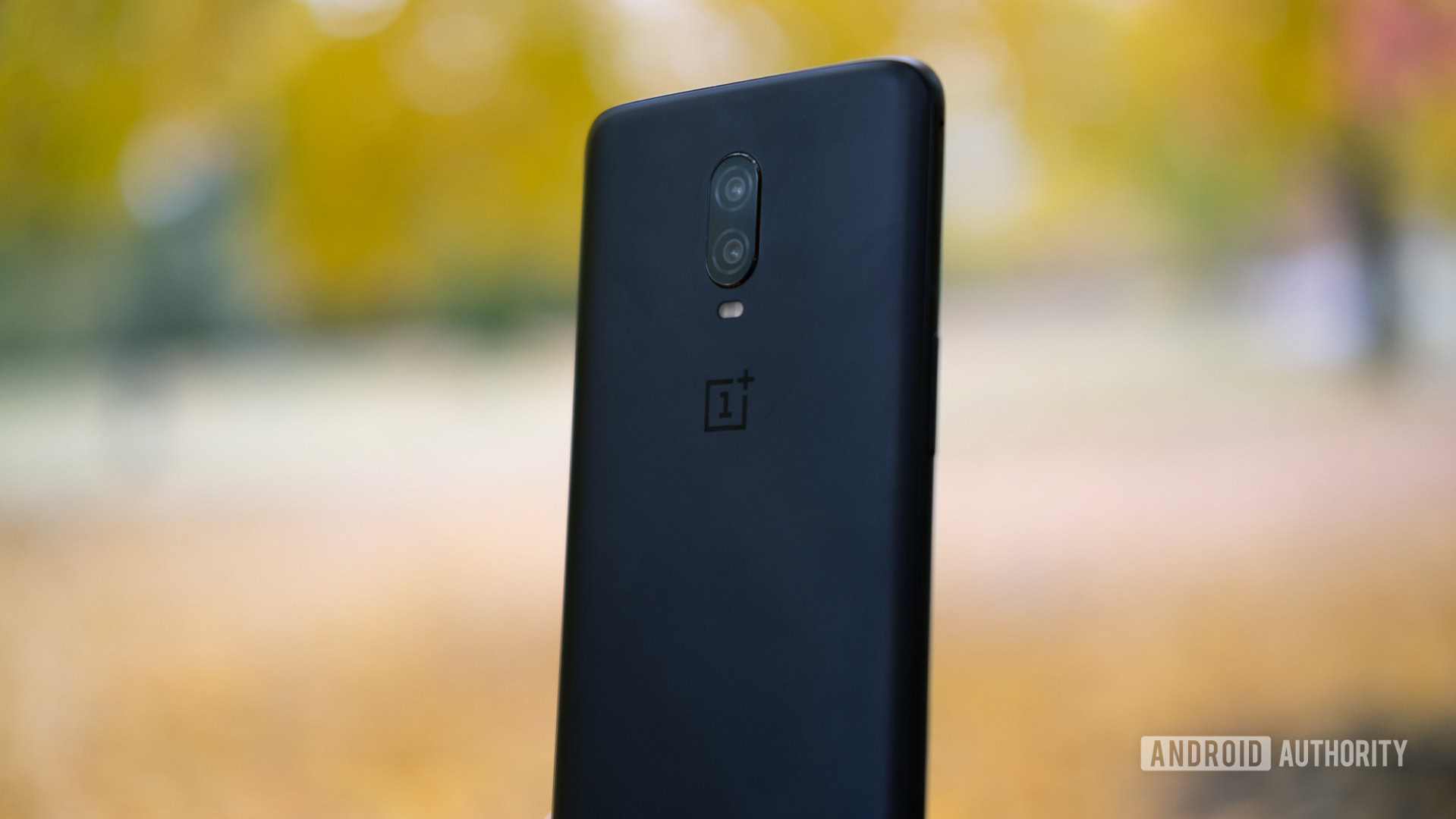
If 2018 proved anything, it’s that OnePlus is a powerhouse. It released two great smartphones in 2018 and sold them for hundreds less than most of the competition. It introduced a new smartphone feature to the United States and beat out a company as huge as HUAWEI in developing a U.S. carrier partnership. It even bounced back from several PR snafus without missing a beat.
2018 was the year of OnePlus, and 2019 could be even bigger.
While 2018 has been OnePlus’ year, the momentum won’t let up any time soon. With a 5G phone and a television on the way, OnePlus will officially step into the world of top-tier electronics companies like Sony, Samsung, and LG. If its smartphones continue delivering top-tier specs at the lowest prices possible — as is expected — the company has every chance to hold onto its core audience and keep expanding.
If there’s one company you should keep your eye on in 2019, this is it.
NEXT: 6 reasons to buy the OnePlus 6T, and 6 reasons to pass